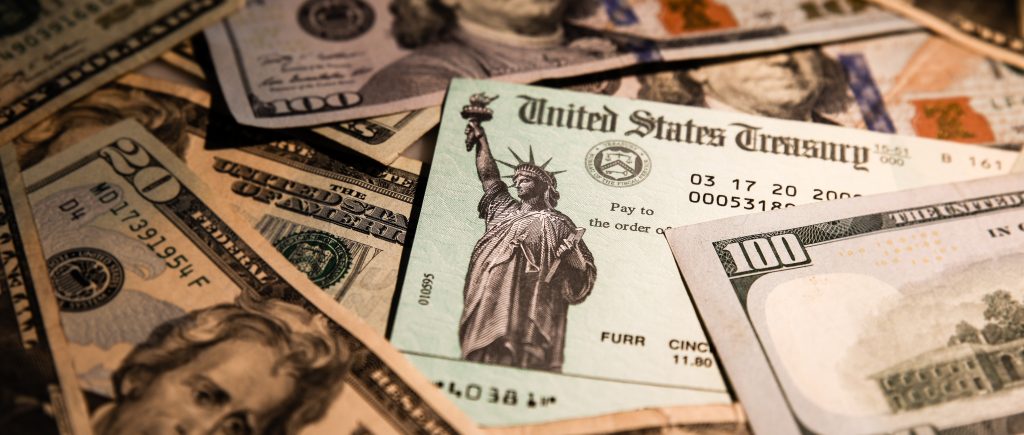On Tuesday, July 8, 2025, U.S. Treasury bond yields experienced a notable uptick as financial markets reacted to President Donald Trump’s aggressive trade policies, particularly his announcement of new tariffs targeting major trading partners like Japan and South Korea.
Rising Treasury Yields and Market Focus
The yield on the benchmark 10-year U.S. Treasury note climbed to 4.416% on Tuesday, up from the previous day’s close of 4.385%. During the trading session, yields fluctuated, dipping to a low of 4.380% and peaking at 4.439%. This increase reflects investor concerns over the potential economic fallout from President Trump’s tariff announcements, which are expected to elevate inflationary pressures in the U.S. economy. Higher tariffs often lead to increased costs for imported goods, which can drive up consumer prices and, consequently, bond yields, as investors demand higher returns to offset inflation risks.
Trump’s Tariff Letters and Trade Strategy
On Monday, President Trump took to his social media platform, Truth Social, to share screenshots of letters sent to 14 countries, including Japan, South Korea, Malaysia, Kazakhstan, South Africa, Laos, Myanmar, Bosnia and Herzegovina, Serbia, Tunisia, Indonesia, Bangladesh, Cambodia, and Thailand. These letters outlined new “reciprocal” tariff rates, set to take effect on August 1, 2025, unless these nations secure trade agreements with the U.S. The tariffs, ranging from 25% to 40%, are intended to address what Trump describes as “non-reciprocal” trade relationships and persistent U.S. trade deficits. The letters signal a continuation of Trump’s hardline trade policy, which he initially rolled out on April 2, 2025, before pausing for 90 days to allow for negotiations.
Dollar-Yen Dynamics and Currency Impact
The U.S. dollar strengthened against the Japanese yen on Tuesday, climbing to 146.59 from the prior day’s close of 146.05. During the trading session, the USD/JPY pair reached a high of 146.59 and a low of 145.82. This appreciation of the dollar aligns with the rise in U.S. Treasury yields, as the two often move in tandem due to their interconnected relationship with investor sentiment and economic expectations. The yen’s weakness is partly attributed to Japan’s adverse reaction to the proposed 25% tariffs, which threaten its significant export market to the U.S., valued at approximately $280 billion annually alongside South Korea.
Economic Implications of Tariff Policies
The looming tariffs, particularly on key U.S. allies like Japan and South Korea, have sparked concerns about their broader economic impact. These countries, which account for a substantial portion of U.S. imports, face potential disruptions to their export-driven economies. The tariffs could increase costs for U.S. consumers and businesses reliant on imported goods, such as vehicles and electronics, potentially fueling inflation. Conversely, the policy aims to bolster domestic manufacturing by reducing reliance on foreign imports, aligning with Trump’s vision of correcting trade imbalances. However, the threat of retaliatory measures from affected nations, such as Japan and South Korea, could complicate global trade dynamics and strain diplomatic relations.
Market Reactions and Future Outlook
Financial markets have displayed mixed responses to Trump’s tariff announcements. U.S. stock indices, including the Dow Jones Industrial Average, S&P 500, and Nasdaq Composite, closed lower on Monday, reflecting investor unease over the tariff uncertainty. However, Asian markets, including Japan’s Nikkei 225 and South Korea’s Kospi, showed resilience on Tuesday, with gains of 0.5% and 1.5%, respectively, suggesting that some investors view the extended August 1 deadline as an opportunity for further negotiations. Treasury Secretary Scott Bessent indicated that the administration anticipates “several announcements” in the coming days, hinting at ongoing trade talks that could mitigate the impact of the proposed tariffs.
Conclusion
The surge in U.S. Treasury yields on Tuesday underscores the market’s sensitivity to President Trump’s trade policies, particularly the new tariffs targeting 14 countries. As the dollar strengthens against the yen and investors assess the inflationary risks of these measures, the global economic landscape remains volatile. The extended deadline to August 1 offers a window for negotiations, but the outcome remains uncertain as nations navigate the complexities of Trump’s tariff-driven trade strategy. The coming weeks will be critical in determining whether these policies lead to new trade agreements or escalate into a broader trade conflict, with significant implications for global markets and economic stability.

 Noor Trends News, Technical Analysis, Educational Tools and Recommendations
Noor Trends News, Technical Analysis, Educational Tools and Recommendations




